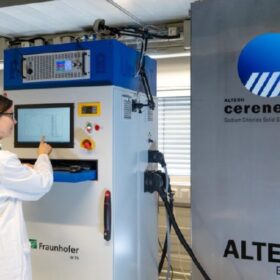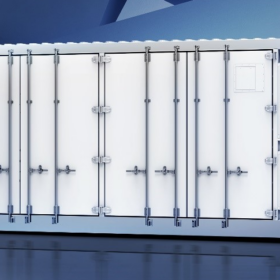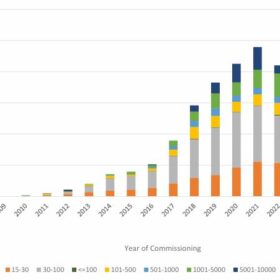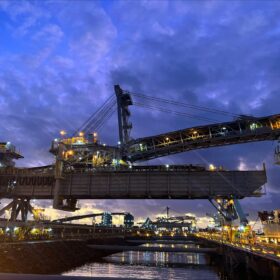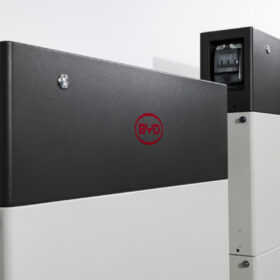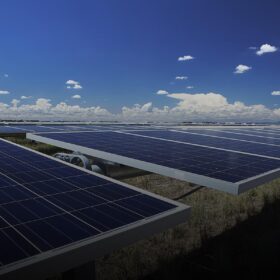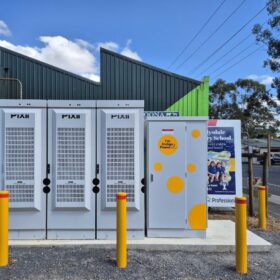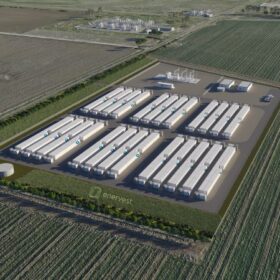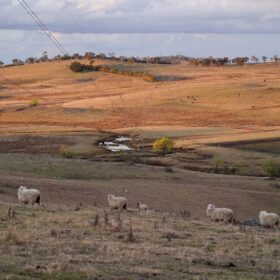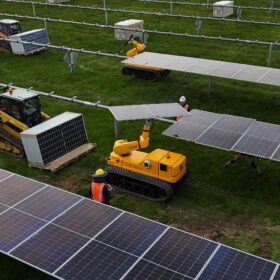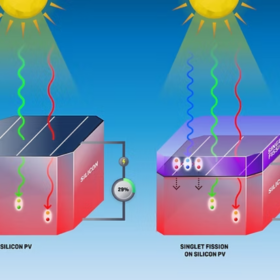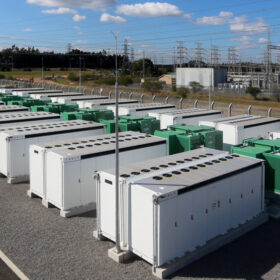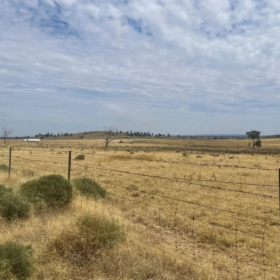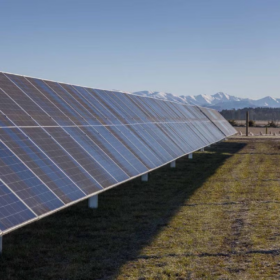Altech secures permit to build sodium-ion battery factory in Germany
The German subsidiary of the Perth-based sodium chloride solid-state battery specialist is moving ahead with its plans to build a 120 MWh production plant in Germany. The project is expected to amount to about $267 million.
Trina Storage Elementa 2 Pro 5 MWh unveiled in Australia
China-headquartered energy storage solutions company and business unit of Trinasolar, Trina Storage has unveiled its next-generation Elementa 2 Pro 5 MWh energy storage system to the Australian market.
Commercial segment surges as residential rooftop backs off
Australia’s solar rollout continues to reach new heights with a combined total of 4.7 GW of small- and large-scale PV installed across the country in 2024 but shifts in the rooftop market suggests diversification of services will be key for the nation’s installer community going forward.
Newcastle Coal to power port facility with solar
Renewables developer Lightsource BP is pushing ahead with the construction of the 450 MW Goulburn River Solar Farm in the New South Wales Upper Hunter region after striking a long-term offtake agreement with the operators of one of Australia’s major coal export terminals.
BYD launches its first integrated home storage system
The Chinese manufacturer said its Battery-Box HVE is now being sold with either a single-phase hybrid inverter or a three-phase device. The system is available in two versions with capacities of 4.29 kWh and 6.45 kWh.
FRV adds 190 MW solar and battery project to portfolio
Global renewables developer Fotowatio Renewable Ventures has boosted its Australian portfolio with the acquisition of a 190 MW hybrid solar and battery energy storage project being constructed in central Victoria.
AusNet marks network first with 300 kWh community battery
AusNet has connected the first stand-alone community battery to its Victorian electricity distribution network with a 120 kW / 300 kWh energy storage system now helping the Yarra Junction community make better use of locally generated solar energy.
Energy Vault acquires eight-hour battery project in NSW
United States-headquartered energy storage solutions company Energy Vault has inked an agreement to purchase the 125 MW / 1,000 MWh Stoney Creek battery energy storage project from Victoria-based renewable energy developer Enervest.
Search for New England REZ network operator begins
Australia’s largest planned renewable energy zone has reached another milestone with the New South Wales government launching the search for a network operator to help deliver the New England REZ that is to provide at least 8 GW of new network capacity.
Quinbrook secures financial close on UK’s largest solar and storage project
Australian-owned Quinbrook Infrastructure Partners has completed financing for the Cleve Hill Solar Park in England. The solar and storage project will be the largest in the United Kingdom when it goes live later in 2025.
